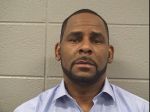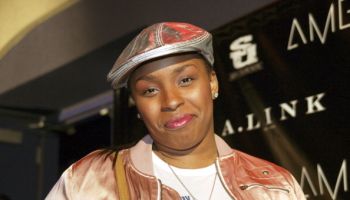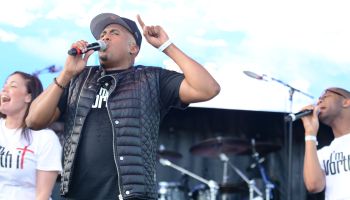Among the many feelings from 20 years ago, perhaps the most striking was defiance.
Nothing like a “Let’s burn the National Mall down” defiance (even though anger was in much heavier supply back then, as it is now), but more of a “We’ll show them” defiance gassing our post-teen, boom-bap-hip-hop-soundtracked Gen X awe with the concept of a Million Man March. Even as mainstream media simultaneously mystified and slandered it in the months running up to that blue-skied, chilly October 1995 day, the wonder of an omnipresent mass of a million brothers triggered its adrenaline.
The purpose 20 years ago was something like a spiritual reclamation project. “The black male image remains the most demonized yet commoditized image in America,” said Kimberly Fain, author of Black Hollywood: From Butlers to Superheroes, the Changing Role of African Men in the Movies. “The justice system profits from the surveillance, scrutiny and fear associated with black skin.”
“Activism, awareness and diligence is the only way to combat centuries of state violence and society’s attempts to desecrate and pillage the black man’s image with distorted and malignant representations of himself,” the book notes.
That the 1995 march was on a weekday and that it drove most (if not all white people) insane energized the national black psyche even more. Getting there could be an easy lift, even if from a distance—communities were meticulously planning chartered bus trips and car pools, some long, untold miles of walks from wherever their point A was to Minister Louis Farrakhan’s spectacular point B. Car broke down? Can’t scrape the dollars for a trip? Folks you didn’t know had you covered: you would go to the march. However, for most, showing up would be one of the most difficult decisions in a young black man’s life.
With ubiquitous social media, thousands of cable channels and access to infinite streams of information still almost a decade away, we watched news coverage with furious disapproval and anxiety. Taking that day off work, telling your disagreeable white boss that you’d be there, or even calling in sick when he knew what you were up to, was a decision between employment and unemployment. Few, of course, wanted the latter, the black male unemployment rate officially 11 percent at the time (meaning it was more than double that considering all factors). Still, Spartanly Nat Turner-like rejection of the status quo found many making that jump and countless others wrongly fired. I have personal recollections of a few just quitting.
It was our marching order. A Glory movie re-enactment, our generation’s all-black 54th Massachusetts storming Fort Wagner in a way, minus the short, commanding white guy with his sword.
“Back then, what a powerful statement the march made,” Henry Sanders, publisher of Wisconsin-based Madison365 and a former candidate for lieutenant governor tells The Root. “A lot has changed over those 20 years. We have seen the beauty of what it looks like to have black man lead this country as president of the United States.
“And sadly, we have also seen what happens when parts of our society is forgotten.”
READ MORE: TheRoot.com
Article Courtesy of The Root
Picture Courtesy of Getty Images and The Root














